From The Range To The Garden
A Look At The Foundation Of Terroir Seeds
Terroir Seeds’ foundation is in soil, as most of you know. That is one of the main reasons for our choice of name for our seed company. Through personal experience and learning from those who have much more experience, we have seen time and time again that those who take care of their soil have better health and productivity, along with more pest and disease resistance than those who don’t.
In organizing some old magazines, Cindy ran across an article we wrote for Range Magazine way back in the spring of 1996 after attending a Public Rangelands Grazing Conference at Arizona State University. This was the start of our learning curve, when we were seeing wildly different philosophies about how to best conserve and improve our arid Western soils. The standard approach was exclusion and rest, thinking that the cows were the enemy- while the up and coming thought pattern was managed, short-term intensive grazing followed by appropriate rest for the grasses to recover.
Allan Savory was introducing Holistic Resource Management to the US at this time. There was a wide range of responses, both from private individuals and public officials. Most of the government officials were skeptical, while many so-called “grazing experts” were outright condemning the ideas even while acknowledging that they had no knowledge or experience in how HRM worked, only that “it couldn’t”.
Almost 20 years later, HRM is now known as Holistic Management (HM) and has quietly proven itself across the world in many different climates and ecosystems to simply work. We have seen it work in our part of central Arizona and have used some of its philosophies and approaches to help improve and maintain the health of garden soil.
We wanted to share one of the foundations of Terroir Seeds with this article we wrote almost two decades ago!
“The Way I See It”
Unequal Representation
By Stephen & Cindy Scott
Minutes after the opening of the 1996 Public Rangelands Grazing Workshop at Arizona State University last winter we heard Steve Johnson say that it’s not possible for cattle to improve the land. Johnson, presented as “a noted author/lecturer,” claims in his biography that “adding domestic livestock to our public rangelands exacts a price from a living fragile landscape.”
Johnson, the workshop’s keynote speaker, helped set the tone and used several labels, including “welfare ranchers” having a “farce lifestyle.” Ranchers, he said, are “laying siege to the public lands” and going for “total control of the western lands.”
The workshop’s stated focus was to educate people on participating in Forest Service or BLM public rangelands grazing activity. There were no ranching interests represented on the panel of speakers and the main topic, with a few notable exceptions, was the removal of all cattle from public lands. Emotionally charged, most presentations were confrontational and throughout the day, ranch- and cowboy-bashing was openly accepted.
Ranchers were portrayed as evil, welfare dependent, and lazy. Comments from presenters included cowboys are “always in the coffee shops” and “only see cattle twice a year.” A majority of the speakers seemed to applaud a newly accepted racism in the West. Unrealistic expectations were advanced during the workshop, such as the removal of all cattle from the western rangelands. What to do with the cattle was never addressed.
Dr. John Brock from ASU presented most of the alternatives – rotational grazing, deferment and rest. He discussed historical impacts of cattle, along with man’s impacts on arid desert ecology – i.e., Phoenix. Dr. David Brown, presenting a rare and balanced view of the benefits and problems of grazing –showed a personal 33-year perspective of grazing lands that had improved.
Holistic Resource Management and Allan Savory were both misquoted and twisted into new meanings. HRM was made to look foolish, even by those who admitted they knew little or nothing of the concepts. Many other authors were quoted out of context and used to support anti-grazing.
Of the 125 attendees, 30 were top environmental/grazing activists. Only one rancher was known to be present and he remained silent. It was apparent that ranchers need to attend these workshops to prevent misrepresentation by the ignorance of others. If they don’t, no resolutions will ever be found.
For too long now “word wars” and “range wars” have dominated the West. It is time to stop blaming others – generations, cultures, lifestyles and educations. Common ground and solutions must be found through communication, not by fund-raising confrontation. To assure positive changes, all viewpoints must be represented at the forums and workshops. We need to learn the facts, so that we can properly manage our lands, both public and private.
Stephen and Cindy Scott are environmental studies students who did not appreciate the imbalance of the 1996 Public Rangelands Grazing Workshop at Arizona State University.
From the Summer 1996 issue of Range Magazine, page 39

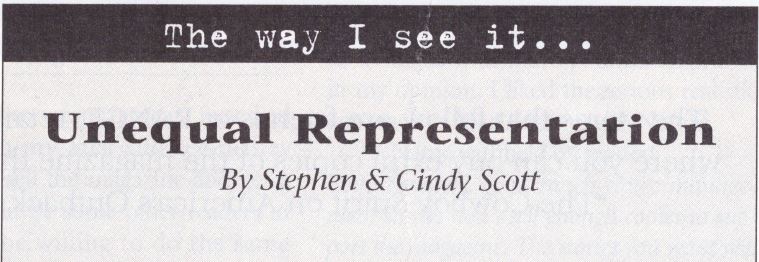

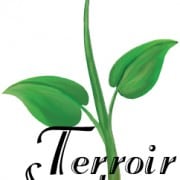
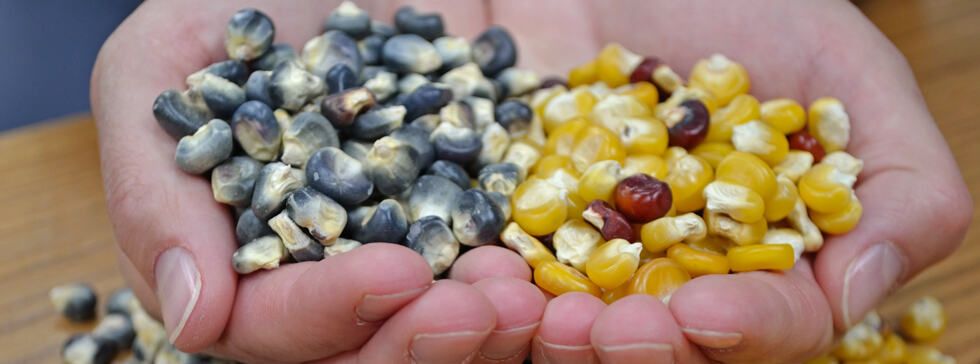
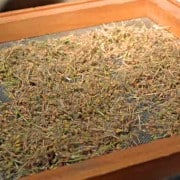
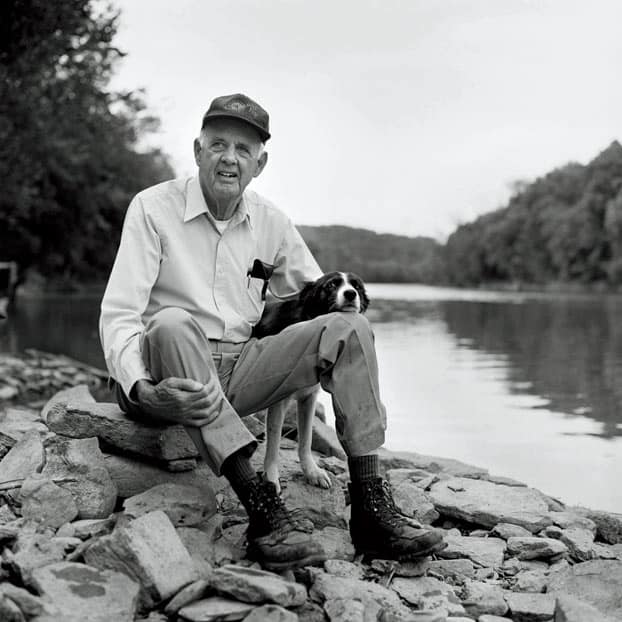
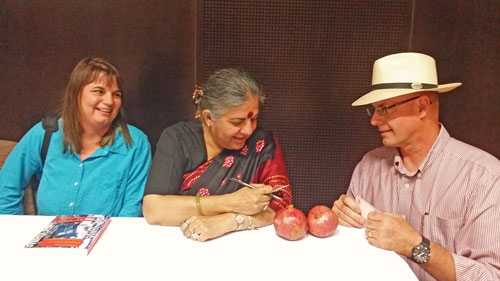
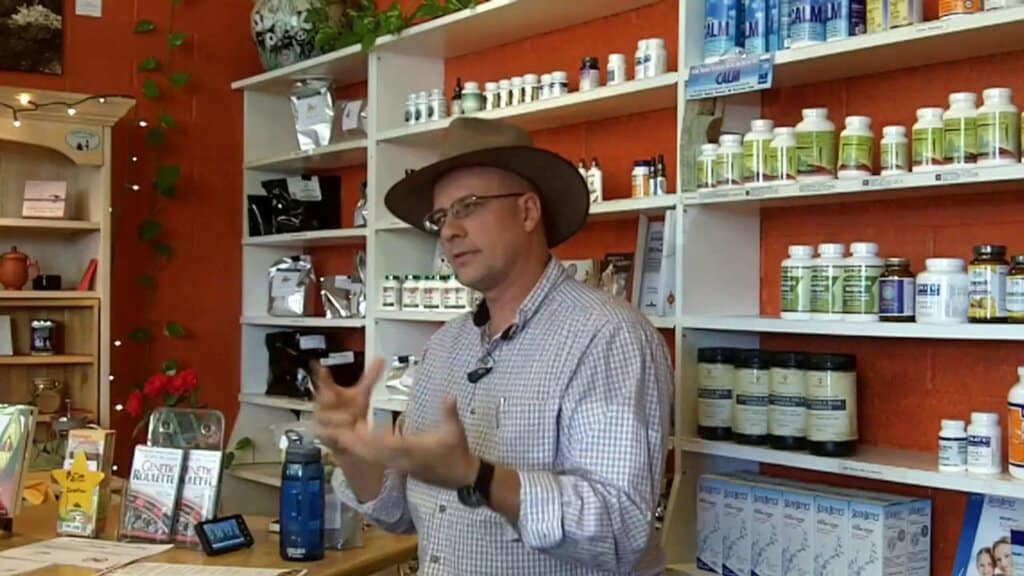
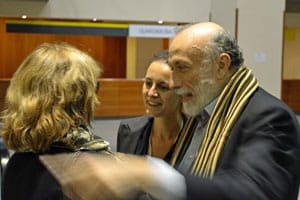
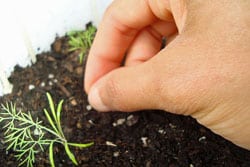
Leave a Reply
Want to join the discussion?Feel free to contribute!